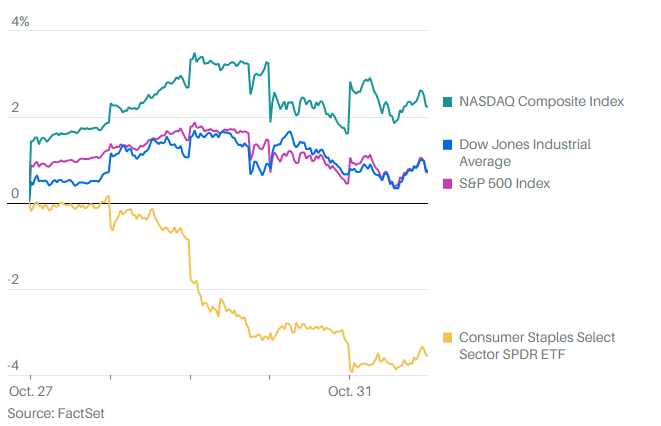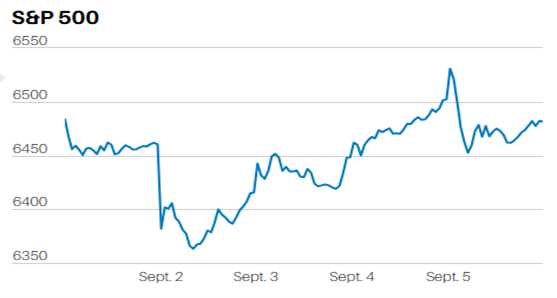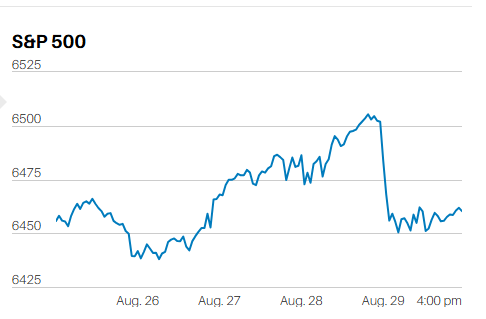From the Bleachers, Vol. 7
MARKET UPDATE
Investors vanquished the 200-day moving average last week pushing the S&P 500 to 2775.6 by Friday’s close. The market finished at its highs for the day, which is generally considered bullish for the short-term. The reasoning is that investors are showing confidence by their willingness to hold positions overnight. Also, closing at the highs on a Friday is considered short-term bullish because investors are confident enough to hold positions over the weekend. Continued positive vibes from the Federal Reserve’s more dovish tone, a deal on funding that prevented another government shutdown, and more happy talk surrounding the China trade negotiations were purportedly the reasons for investors continuing to buy, buy, and buy.
As for economic fundamentals, they continue to deteriorate and might throw a monkey wrench into the rally at some point. Remember, the next grain of sand doesn’t cause the landslide…until it does. Specifically, retail sales came in shockingly weak. There is the possibility that the government shutdown impacted the accuracy of the data; a number of economists have said as much. However, it’s also possible that the stock market’s weak fourth quarter performance impacted retail sales. Bank of America Merrill Lynch economists traced the decline in December retail sales to the December stock market sell-off according to Barron’s.
As well, industrial production declined in January; it was the first drop in eight months. The Federal Reserve Bank of Atlanta is now estimating Q4 GDP at only 1.5%, down from a prior 2.7% forecast. Existing-home sales fell 6.4% in December, which dropped home sales to a three-year low. Pending home sales in December were down 20% from a year earlier. In short, there are reasons to think that the fundamentals are actually deteriorating. Earnings and interest rates drive the stock market over the long run. With economic fundamentals softening, at a minimum, and some economists now forecasting a corporate earnings recession in 2019, it would behoove investors not to get too attached to the year-to-date advance.
INVESTING: HOME COUNTRY BIAS WILL COST YOU
Home country bias is the tendency for investors to overweight their stock exposure to their home market. They confuse familiarity with safety. They are more comfortable investing in names of American companies than unknown foreign ones. This is a mistake. Furthermore, it is a mistake that will likely cost investors substantially in the coming years. The U.S. market is expensive, international and emerging markets much less so. Academic research shows that valuations are the best predictor of future returns over longer periods of time. The Shiller CAPE 10 earnings yield at year-end 2017 indicated that emerging and international markets are set to outperform the U.S. market going forward (Swedroe. Don’t Abandon International Diversification, April 16, 2018). Likewise, GMO currently expects U.S. large-cap stocks to lose 2.5% annually, and emerging market value stocks to gain 8.2% annually, over the next seven years on a real return basis (excluding inflation).
Emerging markets now makeup approximately 55% of world GDP, but only about one-eighth of global equity capitalization. An allocation to emerging markets over the next decade will likely pay off for U.S. investors willing to forgo their Home Country Bias and invest overseas.
Regards,
Christopher Norwood, CFA
Chief Investment Officer












